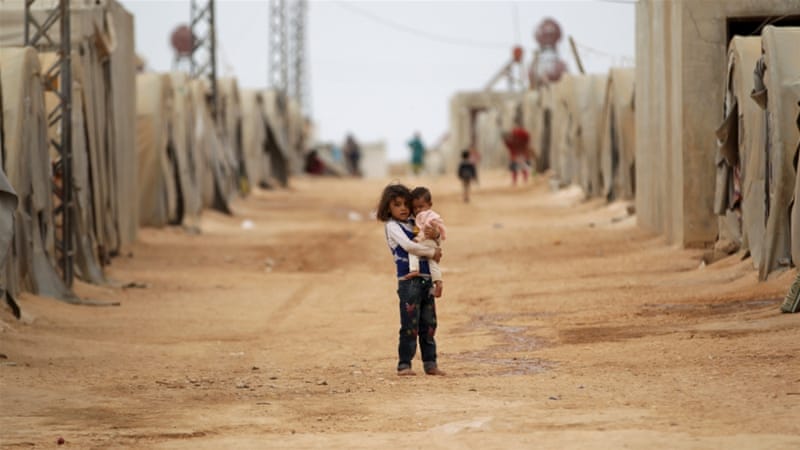By Sarah Lafen
Impunity Watch Desk Reporter, Europe
BERLIN, Germany — On April 27, German lawmakers passed a bill that partially bans face coverings such as the burqa and niqab. The lower house of parliament approved a draft law that, if passed, would prevent civil servants, judges, and soldiers from wearing full face veils at work. The law, which still needs to be approved by the upper house of parliament, might also require Germans to remove face coverings for identity checks when voting, as well as at universities and public demonstrations.

Supporting its law, the German government released a statement saying that the “religious or ideological covering of the face contradicts the neutrality required of state functionaries.” According to German Interior Minister Thomas de Maiziere, “[i]ntegration also means that we make our values clear and express the limits of our tolerance to other cultures.” Maiziere believes that the draft law is important step towards that integration. Maiziere also commented that “[w]e are an open society. We show our faces. We do not [wear] burqa.”
Some see the law as symbolic, as the burqa is not overly abundant in Germany. Hamed Abdel-Samed, Egyptian-German political scientist, estimated in 2016 that only about 200-300 people wear a burqa in Germany.
The new law proposes a partial ban, which falls short of the right wing’s call for a blanket ban on the burqa similar to the one recently enacted in France, as well as German Chancellor Angela Merkel’s call for a burqa ban “wherever legally possible.”
Legal experts claim that a blanket ban is impossible to enact under the German constitution, and would be struck down by the courts. In 1 2014 parliamentary research document, Germany’s constitutional court established that “in a society that gives space to different religious beliefs, individuals do not have the right to be shielded from professions of faith by others.”
Critics addressed Maiziere’s ideas on the new law, believing that a “dominant culture” would become a source of social tension and would hinder multicultural development. Chair of the Free Democratic Party in Germany, Christian Lindner, accused Maiziere of distracting voters from real issues before elections. Lindner accuses Maiziere’s and Merkel’s Christian Democratic Union party of being unable to develop a sufficient immigration policy, and is “[re-igniting] old debates instead.”
For more information, please see:
EuroNews — Germany Approves Partial Burqa Ban — 28 April 2017
Newsweek — German Parliament Passes Partial Burqa Ban — 28 April 2017
The Telegraph News — Limited Burka Ban Approved by German Parliament — 28 April 2017





